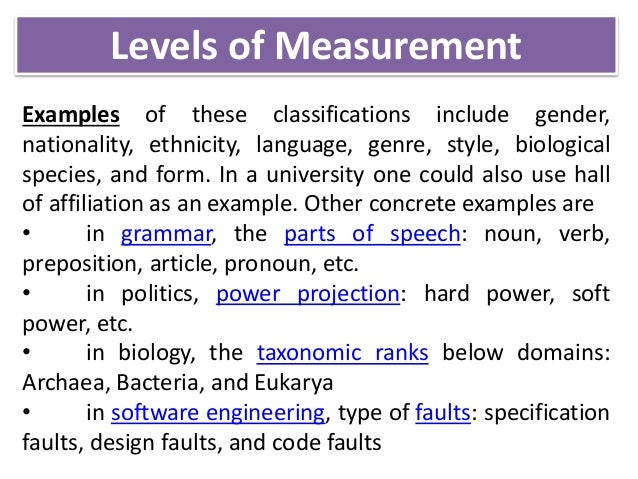

However, if you observe a very large effect on your numbers, you will be able to validate it with a smaller sample size to a higher degree of confidence.īeyond these two factors, a key thing to keep in mind is the importance of randomized sampling. If there is a small effect size (say a 0.1% increase in conversion rate) you will need a very large sample size to determine whether that difference is significant or just due to chance.

You will run into sampling errors if your sample size is too low.Įffect size refers to the size of the difference in results between the two sample sets and indicates practical significance. If you are running tests on a website, the more traffic your site receives, the sooner you will have a large enough data set to determine if there are statistically significant results. The larger your sample size, the more confident you can be in the result of the experiment (assuming that it is a randomized sample).

Sample size refers to how large the sample for your experiment is. Your metrics and numbers can fluctuate wildly from day to day, and statistical analysis provides a sound mathematical foundation for making business decisions and eliminating false positives.Ī statistically significant result isn’t attributed to chance and depends on two key variables: sample size and effect size. Statistical significance is important because it gives you confidence that the changes you make to your website or app actually have a positive impact on your conversion rate and other metrics. Why is statistical significance important for business? A p-value of < 0.05 is the conventional threshold for declaring statistical significance.Ĭonfidence interval around effect size refers to the upper and lower bounds of what can happen with your experiment. P-value refers to the probability value of observing an effect from a sample. To determine the observed difference in a statistical significance test, you will want to pay attention to two outputs: p-value and confidence interval around effect size. Turning your button green is known as your “alternative hypothesis”. If your button is currently red, that’s called your “null hypothesis”. For example, you want to know whether or not changing the color of a button on your website from red to green will result in more people clicking on it. Statistical significance is most practically used in statistical hypothesis testing. Online web owners, marketers, and advertisers have recently become interested in making sure their A/B test experiments (e.g., conversion rate A/B testing, ad copy changes, email subject line tweaks) get statistical significance before jumping to conclusions. When you make decisions based on the results of experiments that you’re running, you will want to make sure that a relationship actually exists. Statistical significance is a way of mathematically proving that a certain statistic is reliable. Calculate What does statistical significance really mean?


 0 kommentar(er)
0 kommentar(er)
